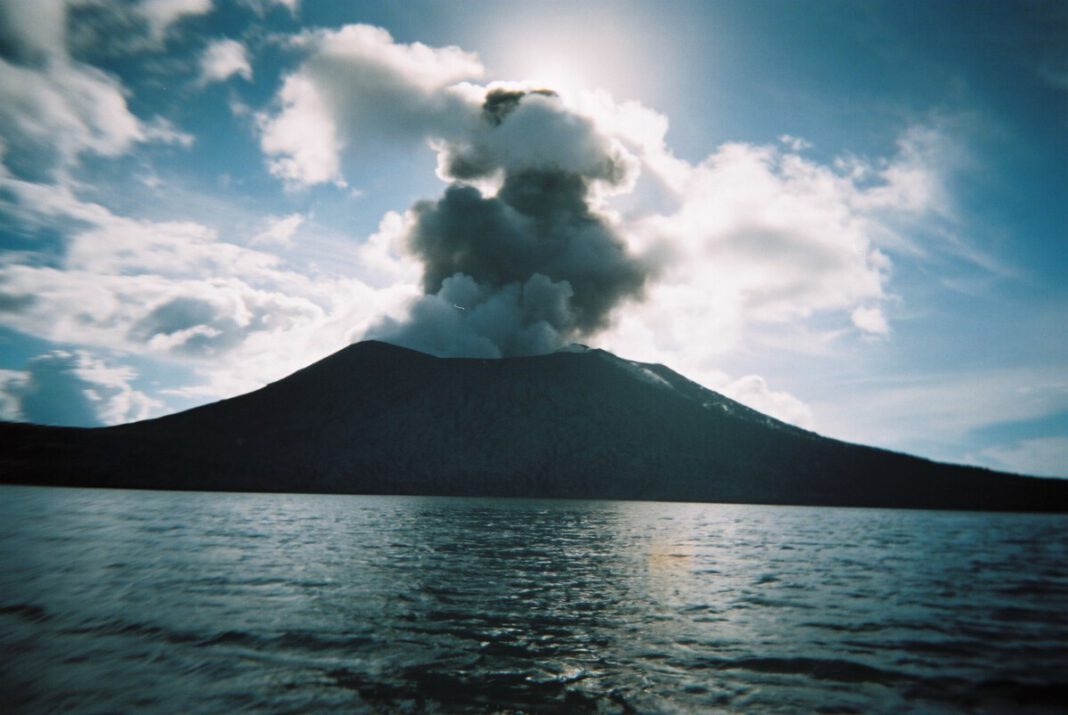In the area of the North Sea belonging to the Dutch, deep under the soil, in a layer called the subsoil, lies a 150 million year old volcano, discovered last week.
Of course, the volcano had to be inaugurated in some way, and was therefore dubbed Mulciber (a.k.a. Vulcan), after the Roman god of fire and volcanoes. The volcano was detected by the Geologist Survey of the Netherlands, part of the Netherlands Organisation for Applied Scientific Research (TNO), NU.nl reports.
During the intermezzo between the Jurassic and Cretaceous eras, the volcano was active, and after millions of years, the bubbly, firing mass began to cool.
Invisible for years
Although data on the area has been available for years now (in the 80’s volcanic ash and basalt that are derived from volcanoes was discovered), the volcano remained undetected, as researchers believed the material came from another volcano lying 100 kilometres away.
How did a volcano end up in good ole Holland?
According to NU.nl, it happened during the breaking up of Pangaea, the earth’s supercontinent which existed during the Paleozoic and Mezozoic eras. The breaking up of the continent caused fractures on the earth’s crust, resulting in volcanoes.
Are there more?
Some volcanic rocks have been discovered at other drilling sights, which means that there are likely more century-old volcanoes lurking about underneath the ground.
And maps indicate where there is a high chance that a volcano exists. So stay tuned, perhaps some more volcanoes will be discovered in the coming time.
What’s your favourite/most interesting palaeontology fact in the Netherlands? Let us know in the comments.
Feature image: Dr Peter James Chisholm/Wikimedia Commons


